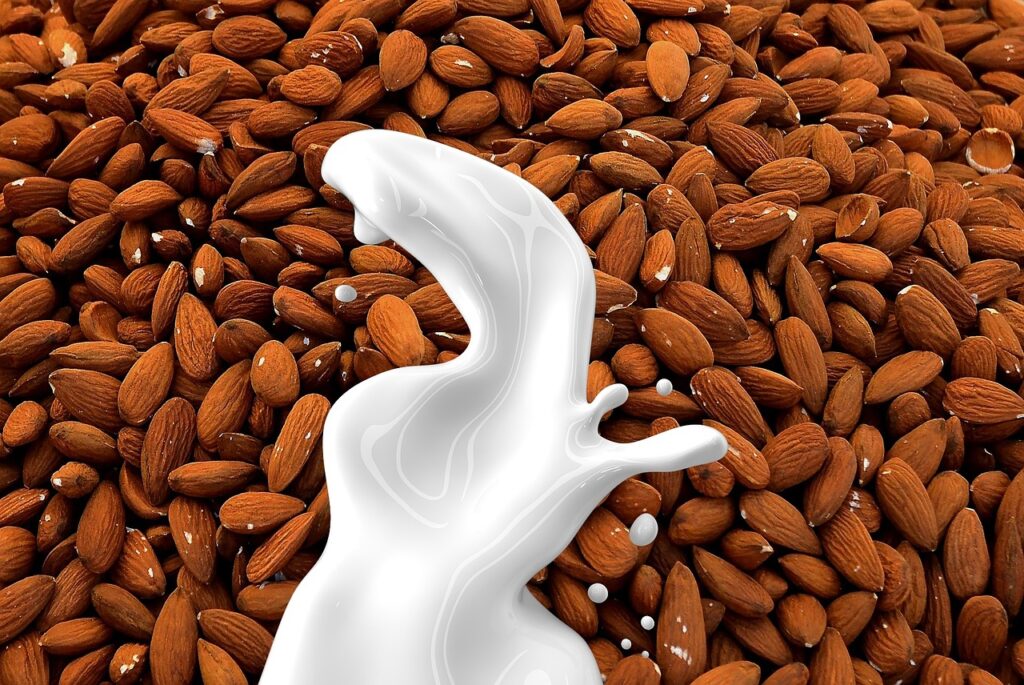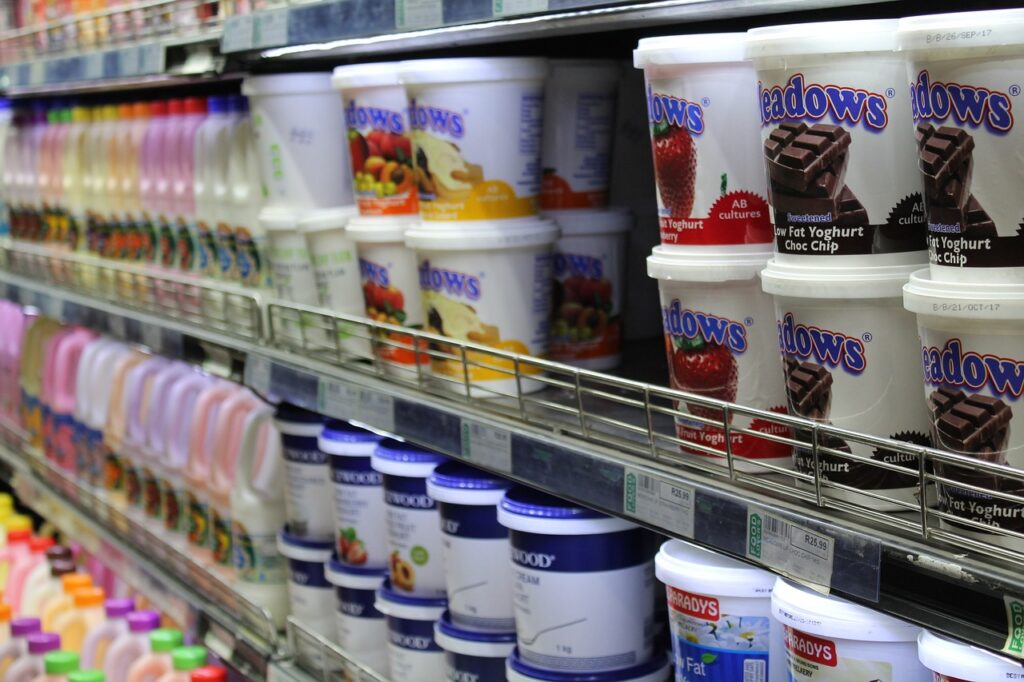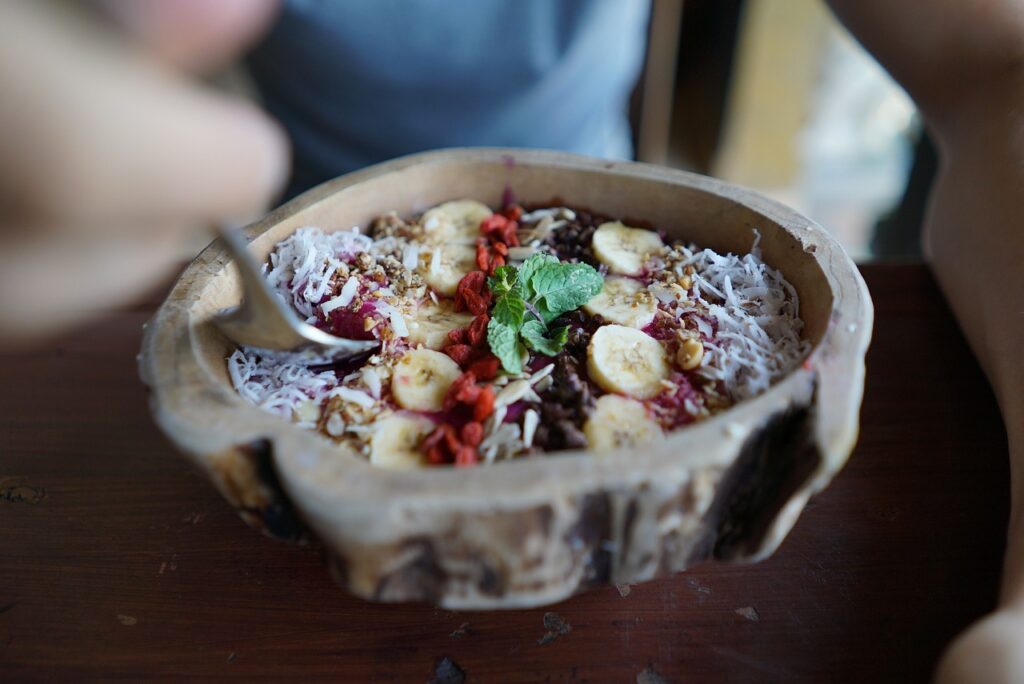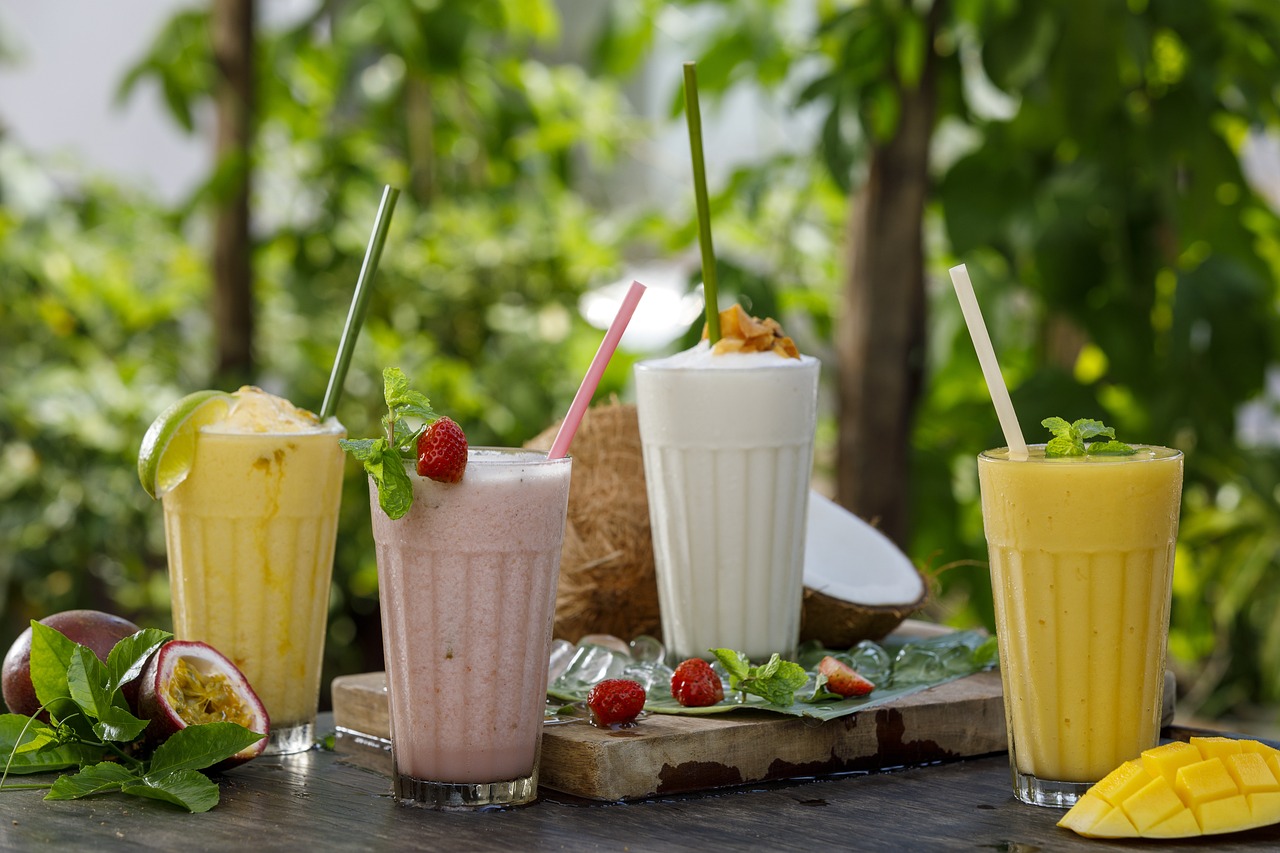Creating smoothies that are filling yet low in calories is a fantastic way to enjoy a nutritious meal while managing your weight. With the right ingredients and strategies, you can whip up delicious blends that satisfy your hunger without packing on the calories. Here’s how to achieve that perfect balance in your smoothies.
Start with a Low-Calorie Base

The foundation of your smoothie is crucial. Instead of using fruit juices, which can be high in sugar and calories, opt for a low-calorie liquid base. Water is the simplest choice, but unsweetened almond milk or skim milk can add a creamy texture without too many calories. These options keep your smoothie light while still providing hydration.
Add Protein for Satiety

Incorporating protein into your smoothies is one of the best ways to enhance fullness. Protein helps to curb hunger and keeps you satisfied longer. You can add plain Greek yogurt, which is rich in protein and has a creamy consistency, or opt for protein powder if you prefer a vegan option. Just one scoop can significantly boost the protein content without adding too many calories.
Don’t Forget Healthy Fats
While it may seem counterintuitive to add fats when trying to keep calories low, healthy fats can actually help you feel full. A small amount of nut butter—like almond or peanut butter—can add richness and flavor. Avocado is another excellent choice; it provides creaminess and healthy fats that promote satiety. Keep portion sizes in check; about one tablespoon is usually sufficient to reap the benefits without going overboard on calories.
Load Up on Fiber
Fiber is your friend when it comes to feeling full. It slows digestion and helps regulate blood sugar levels, making you feel satisfied longer. Incorporate high-fiber ingredients like leafy greens (spinach or kale), chia seeds, or flaxseeds into your smoothie. These additions not only bulk up your drink but also add essential nutrients without significantly increasing calorie counts.
Be Mindful of Fruit Portions
Fruits are nutritious but can also be calorie-dense if used in large quantities. Aim for about one cup of fruit per smoothie. Berries, such as strawberries or blueberries, are excellent choices because they are lower in calories and high in fiber compared to other fruits. Bananas add creaminess but should be used sparingly due to their higher sugar content.
Spice It Up
Instead of reaching for sweeteners, enhance the flavor of your smoothie with spices. Cinnamon adds warmth and sweetness without extra calories, while vanilla extract can provide a delightful aroma and taste. These natural flavor boosters can make your smoothie more enjoyable without compromising your caloric goals.
Drink Mindfully

Finally, take your time when enjoying your smoothie. Drinking slowly allows your brain to register fullness signals more effectively, helping you avoid overeating later on. Sipping your smoothie rather than gulping it down can transform it into a more satisfying experience.
Experiment with Smoothie Bowls

If you find that traditional smoothies don’t keep you full enough, consider making a smoothie bowl instead. This allows you to top your smoothie with healthy ingredients like nuts, seeds, or a small amount of granola for added texture and satisfaction while still being mindful of portion sizes. By following these tips, you can create filling smoothies that support your weight loss journey without sacrificing flavor or enjoyment. With a little creativity and attention to ingredient choices, you’ll have delicious blends that leave you feeling satisfied and energized throughout the day!






